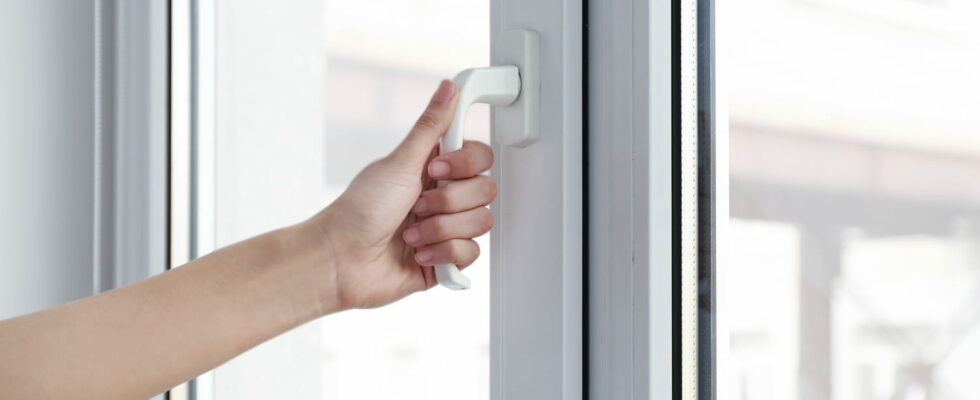When it’s very hot in the summer, it may seem natural to keep all the windows closed all the time, to keep the home cool. But it’s not the best thing to do…
In summer, when the temperature rises, the first reaction is often to close the windows and draw curtains and shutters to keep the house or apartment cool. However, this habit that seems logical and natural can turn out to be counterproductive and make the interior even more uncomfortable. In fact, keeping the windows closed prevents fresh air from circulating and can increase humidity inside, making the heat even more unbearable. In summer, it is crucial to understand when and how to ventilate properly to maintain a pleasant indoor climate.
First of all, it is important to open the windows at the right time, early in the morning and late in the evening, and especially at night. These periods, which are the coolest of the day, allow fresh air to enter without heating the rooms further. As soon as the sun rises and the outside temperature rises, the windows must be closed to prevent hot air from seeping in. This way, you benefit from the night and morning freshness while avoiding the overwhelming heat of the afternoon.
To optimise the cooling effect, it is advisable to open windows and doors completely to create a draft. This allows fresh air to circulate freely throughout the house and to expel hot and stale indoor air. A draft is particularly effective for quickly cooling the interior, especially if fans are also used to help circulate the air. These devices do not cool the air, but they create a feeling of freshness by increasing the evaporation of sweat from the skin.
A complementary technique is to use damp sheets hung in front of open windows. As the warm air passes through these sheets, it cools slightly, creating a more pleasant breeze. Just make sure that the sheets do not completely block the airflow.
However, it is important to note that daytime ventilation may not be appropriate for all types of buildings. For example, in basements or semi-basements, opening windows when the outside temperature is high can cause condensation on cold walls, promoting the formation of mold. In these cases, it is best to ventilate only when the indoor temperature becomes unbearable, while closely monitoring humidity.
Proper ventilation also helps, and more importantly, to maintain a comfortable humidity level in your home. High humidity can make the heat even more difficult to bear. Using a hygrometer to monitor humidity can be helpful. In general, indoor humidity should be between 40 and 60%. In the summer, it should be between 55 and 60%. If it exceeds these levels, it is essential to ventilate or even use a dehumidifier to lower the humidity level and avoid mold problems.
Above all, remember that temperature is not the only criterion to take into account, even in very hot weather: good ventilation, whether natural or mechanical, is essential to keep a house cool, healthy and comfortable in summer.
